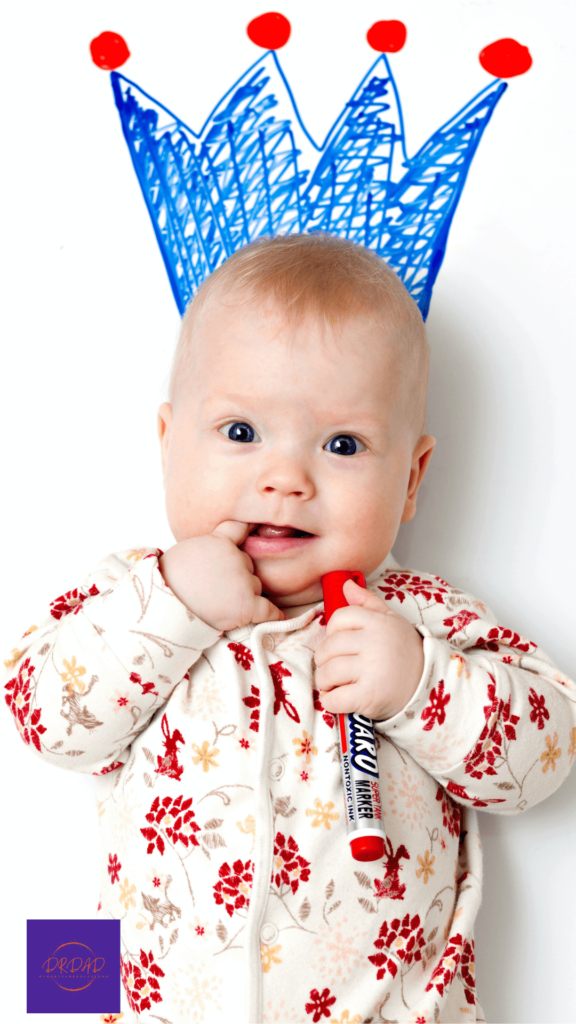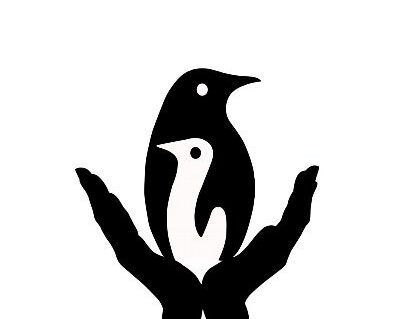Most moms notice this issue when their babies just pass 8 months of age. It starts with the occasional dropping of the head in a forward direction when the baby is sitting. So most moms ask “why does my baby drop her head forward?”
Here the head suddenly drops forward and then the baby brings it back up again in the right way. Most mothers worry about this problem suspecting it as infantile spasms which are seizures.
Yes, If you are more concerned about infantile spasms, it is very good to be concerned because they can cause developmental delays. In such instances, the physicians are doing tests such as EEG.
It is advisable for the parents to take a small video clip during the incident and show it to the relevant professionals to get a logical conclusion. As I earlier mentioned, infantile spasms are directly reversed in development.
Some categories of infants need extensive strengthening of neck muscles. During that time period, parents can experience sudden forward dropping of their heads.
So experienced physicians can identify this sudden head nod correctly and differentiate it from a suggestive infantile spasm or a random movement due to a lack of neck muscle strengthening.
Table of Contents
Dropping the head forward- A type of illness
There is a rear condition called dropping head syndrome. it is tough to diagnose. Por intake and malnutrition are caused to this illness and head drop and flaccid weakness can be seen.
This Dropped head syndrome (DHS ) is characterized by severe cervical muscle weakness. Due to various nutritious problems, you can notice this problem rarely among infants. They drop their neck in a forward direction suddenly.
1. Why baby’s head falls forward when sitting?
It is scary to look at a head flop. This is called bobbing in day-to-day language. So the baby’s head needs a lot of back support during the first few months. So if you provide this adequate support then the neck muscles will strengthen gradually. So the primary aim of the parents should restore the ability to maintain the baby’s head up against gravity. It will help the baby to roll over, sit up, crawl, and walk.
If your baby has good head control, they can explore the world and interact with others very well.
When will the baby be able to maintain head control
Your baby can control their head at the age of three months. So they can prevent falling the head into the front direction with minimal support in a sitting position. At six months the babies are holding their heads up and turn their head side to side. Normally babies develop head control slowly. So during the first six months, they speed up this process.
State of the newborn’s neck muscles
During childbirth, the infant’s neck muscles are weak. If you try supporting the sitting of a newborn, their head will flop back due to the inability the supporting the neck by its muscles. Parents need to support the baby’s neck by using their hands. Also, you need to be very careful when you cradle them in your arms. Finally, try to maintain the gaze of your newborn while handling them with their neck supported.
How can you prevent forward bending of the head?
Don’t do forceful activities to strengthen the neck. Try to apply for careful neck support during the first few months. Position the baby’s neck in your palms while cradling your baby. Also, you can do the same thing while picking up your baby.
Also, parents can give enough tummy time to strengthen the neck muscles. This activity also allows moving the baby’s legs and arms more and more.
2. Why does the baby’s head drop to one side?
Some babies lean their heads to one side. Sometimes it can be tilting the head from side to side when they are lying down or being held. If your baby specially tilts his head to one side, it may be due to congenital muscular problems (torticollis) or acquired torticollis, or keeping their head to one side since birth.
We have a strong side neck muscle called the sternocleidomastoid. A small knot can be seen in that muscles since birth in some child categories. This is called congenital torticollis and side tilting of the head is the result. This can diagnose a few weeks after the child’s birth by a professional.
If this neck tilting occurs after childbirth, it is called acquired torticollis. A marked shortening of the sternocleidomastoid muscle can be seen here. If a fusion of 2-3 cervical vertebrae, some babies show marked tilting of the neck since birth. This is called Klippel fail syndrome.

3. Why baby drop its head during tummy time?
Putting the child into tummy time is a good positional exercise for infants. Babies always try to take up their heads against gravity during the time they are on the mat. Some babies can not maintain tummy time exercises straightaway. So they need some support at the back of the neck by using mom’s palm. and the hand.
Try to count the time you first keep your baby on the mat. Then gradually you can increase the time. So baby will eventually keep the neck against gravity. Also, the parents can place various toys in different positions to facilitate tummy time.
4. Dear Moms, You should know about infantile spasms.
Involuntary neck movements are commonly misdiagnosed with infantile spasms. So parents can not identify the seizure episodes of their kids. Identification of seizures is very important as it is caused developmental delays in infants.
Conditions like infant torticollis are easily diagnosed by tightening lateral neck muscles. So hurry to pick your child up to a physician to differentiate infantile spasms from other involuntary neck movement types.
In spasms, a sudden tightening of neck muscles occurs. The neck of the baby will bend forward along with both limbs. These movement types occur in very short time periods. Unlike other neck movements present for a long time.
5. Conclusion
Bending your child’s head in the forward direction is a problem for neck muscles mostly. Some neck muscles take more time to be strengthened over time. Sothe infants always show sudden falling of their neck into a forward direction.
In addition to that, due to infantile spasms, a quick falling of the neck can be seen. But this suspected spasm type should be diagnosed by a medical professional after a thorough observation. These movements are called infantile spasms and they cause developmental issues if the child. So parents need to pay keen attention to this.


I loved even more than you will get done right here. The picture is nice, and your writing is stylish, but you seem to be rushing through it, and I think you should give it again soon. I’ll probably do that again and again if you protect this walk.
Its like you read my mind You appear to know so much about this like you wrote the book in it or something I think that you can do with a few pics to drive the message home a little bit but other than that this is fantastic blog A great read Ill certainly be back